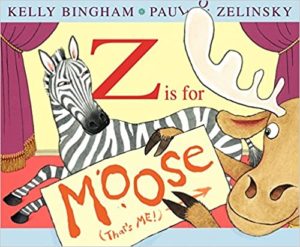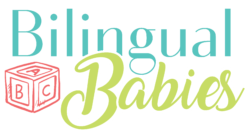Reading skills are important. They are fundamental to basically any academic subject. However, unlike speaking skills, reading skills do not develop “automatically.” A child’s speaking skills usually develop naturally during the first years of the child’s life by listening to and repeating sounds that are made by other speakers of the language. A child connects those sounds to meaning. For example, the word ‘sofa’ (/ˈsofa/) in a child’s mind simply means ‘couch’. The child is usually unaware that the word ‘sofa’ consists of four individual sound units (so called ‘phonemes’). In short, speaking skills develop naturally through exposure to oral language and the opportunity to engage in conversation with others, not by explicit instruction (for more on speaking skill development see here).
Reading skills take practice
Reading skills are quite different. Most children do not “automatically” develop reading skills when you expose them to texts. They usually have to be taught that words consist of sounds, and that sounds can be represented through symbols. For example, the word ‘sofa’ has four sounds with one letter for each sound. However, it is not always that easy in English. There are words that have fewer sounds than letters (e.g., knee or knot) and vice versa (e.g., build or puppy). Overall, for reading an alphabetic language, like English or German, children have to learn how written letters represent sounds (the so called ‘phoneme-grapheme relationship’) and that certain letters or letter combinations make words whose meanings they know. Learning all of these relationships takes practice (for more on early literacy development see Brown, 2014).
Fun ways to practice reading at home

As a mother, I am currently facing the challenge of practicing reading with my 5 year old daughter who is going to kindergarten in the United States. Kindergarten is already very school-like in the United States. The children sit at their desks for long periods of time during the day. So I try to keep reading practice (in both of her languages) at home fun and engaging. I do not believe that she should practice reading by sitting down and doing worksheets at home. Instead, I have tried to find more creative ways to engage her with letters in a playful way. Here is what we do:
1) I write short messages to her both in English and German with letter magnets on the dishwasher or the refrigerator. So when she gets up in the morning or comes home from school, she finds a short message to read on the dishwasher.
2) For English, I wrote all of her sight words on individual cards. As a family, we play games with them over dinner. For instance, we each take turns reading a card or cards with sight words pop up randomly and Ella gets one point per word that she reads correctly (with a small award afterwards).
3) We read books together with her trying to take over the easy words on a page.

4) Alternatively, we read Level 1 readers or books like Z is for Moose. Although I would only use abridged books as supplements to good quality children’ literature, they do lend themselves well to boost a young reader’s self-confidence. Watch your child get excited when s/he recognized certain words.
5) Search for words in the house. Sometimes, I use scotch tape to put random words on shelves, walls, or the back of the couch. When she finds them all, they make up a secret message.
6) Playing memory. It takes a little bit of time to prepare, but you can use the memory game again and again: one card holds the word in writing (e.g., frog), the other one has the image of a frog.
It’s these small things that can help your child’s developing reading skills and foster a love for the written words.
If you have additional ideas or ways how you promote reading, please share in the comment section below.
Many thanks!
Reference:
- Brown, C. S. (2014). Language and literacy development in the early years: Foundational skills that support emergent readers. Language and Literacy Spectrum, 24, 35-49.


3 comments
I have a memory game with cards showing the same drawings (shapes, colors, toys,…) and the word, one card in German, one card in English. The children (German Grades 1 to 4 with English as second language which is not spoken at home) love to show off their knowledge of English words and reading skills.
That’s a great idea too! Do you happen to have a link to that product? TIA
Nice post.